英語で学ぶ、子ども天文学シリーズ。今回は地球にとって唯一の衛星、月についてです。自宅にいながら、子どもたちの知的好奇心を掘り起こしましょう。
学習のポイントと概要
暗い夜を明るく優しく照らす月。地球から一番近い星で、大きく夜空に輝いています。その静かで神秘的な美しさは私たちを魅了し続けています。月の大きさ、地球からの距離、月の持つ重力、人類が月に到達した時の事などがわかりやすくまとめられています。
LESSON VIDEO
※動画の右下にある設定ボタンから「字幕ボタン」をON・OFFにして学習に利用しましょう。まずは、ONで見て、次にOFFにして聞き取り練習を行ってみてください。
Vocabulary – ボキャブラリー
serene(穏やか) / moons(衛星) / Jupiter(木星) / Saturn(土星) / Neptune(海王星) / Mars(火星) / hollow(空洞) / gravity(重力) / Moon phase(月相) / what lay beyond(向こう側にあるもの) / meteorite(隕石) / smash(打ち砕く)
Phrases and sentence
You would have to travel all the way around the Earth nine and a half times to go the same distance as the space between the Earth and the Moon.
地球と月との距離は、地球を9周半回るのと同じです。
The moon is much smaller than the Earth. If the Earth was hollow, about fifty moons could fit inside.
月は地球よりもずっと小さいです。地球の中に50個の月が入るほどです。
Although we can see it shining brightly at night, the moon does not have any light of its own.
夜にとても明るく輝いてはいるものの、月は自分で光り輝いているわけではありません。
These different shapes of the moon are called its phases: it takes about 29 days for the moon to go through all of its phases and begin them again.
これらの月の様々な形のことを、月相と呼びます。すべての月相を巡るには29日かかります。
No one has visited the moon for more than 40 years, but the footprints made by the astronauts who walked on its surface are still there.
この40年間、誰も月を訪問していませんが、かつて宇宙飛行士が表面に付けた足跡は、今でもそこに残ったままなのです。
Summary – まとめ –
It is very interesting that there is no atmosphere on the moon, so there is no wind, and the footprints that astronauts made at that time will be almost permanent for hundreds and thousands of years to come. It means when something happens, it remains semi-permanently. In other words, by observing the stars, you can even see the creation of the universe!
月は私たちの住む地球から一番近いご近所さんです。そして唯一、人類が歩いた星です。月には大気がないため風もなく、その時に宇宙飛行士が付けた足跡は、この先何百年、何千年とほぼ永久にあるのですね。アクションがあった時の跡が、半永久的にそのまま。つまり、星を探ると宇宙の創造が見えてくるという事も納得できますね。


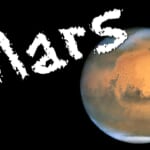
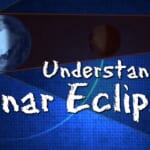
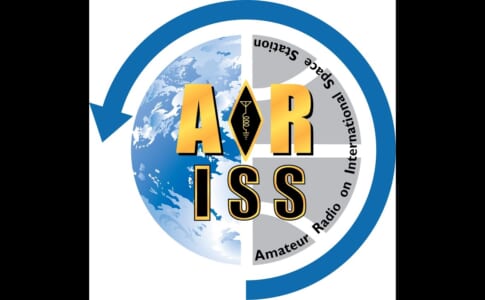

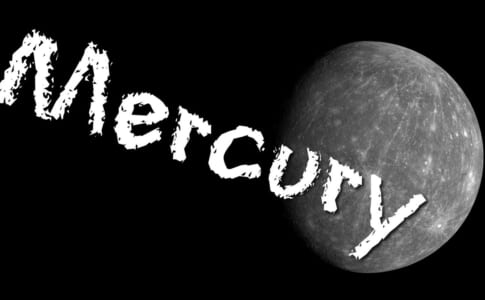


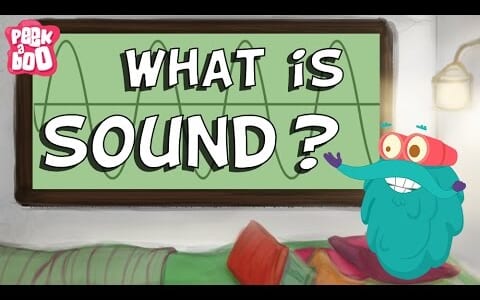
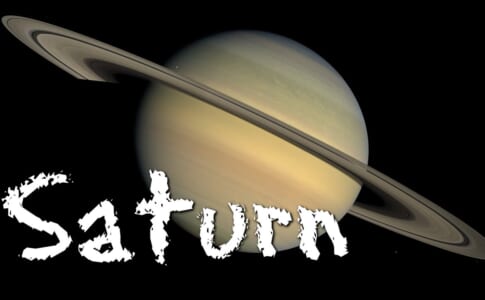
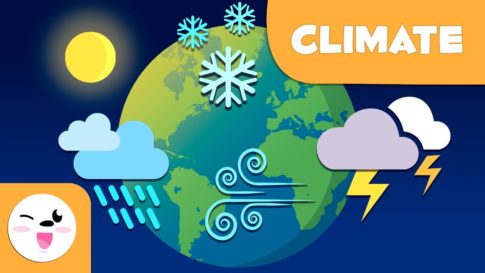
Recent Comments